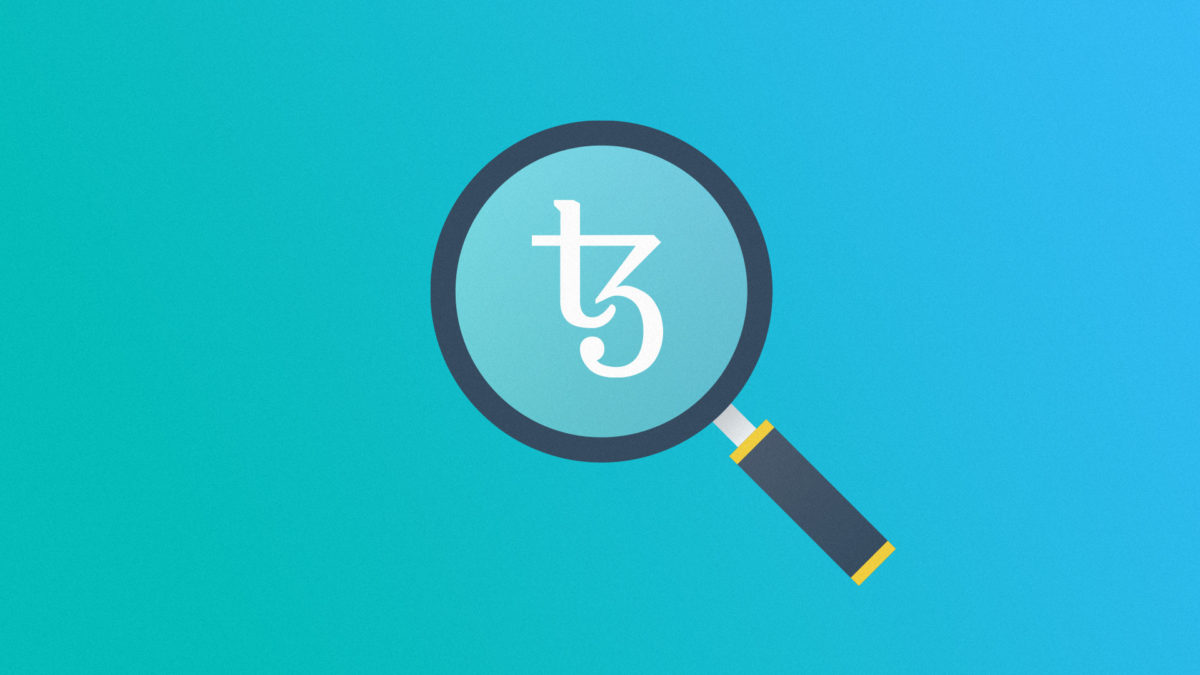The scope of discovery could influence the outcome of ongoing Tezos litigation

Quick Take
- Discerning the scope of “discovery,” or access to documents and depositions from the opposing side, is currently at the heart of the ongoing Tezos Class Action litigation
- The plaintiffs want all relevant documents regardless of their creation date, while the defendants think that only documents created on or before the date the first Tezos class action lawsuit was filed should be produced
- The case could determine whether or not the Tezos ICO is a security under the Howey Test

Disclaimer: These summaries are provided for educational purposes only by Nelson Rosario and Stephen Palley. They are not legal advice. These are our opinions only, aren’t authorized by any past, present or future client or employer. Also we might change our minds. We contain multitudes.
As always, Rosario summaries are “NMR” and Palley summaries are “SDP".
[related id=1] IN RE TEZOS SECURITIES LITIGATION, Case №17-cv-06779-RS (N.D. Cal, Filed 6/5/19, Document #219) (“JOINT STATEMENT RE DISCOVERY DISPUTE”) [NMR/SDP]
We’ve hit our next major milestone in the ongoing saga that is the Tezos Class Action litigation. Previously, SDP wrote about the lead plaintiff issue in CCM #31. Now we’ve moved on to the discovery phase of the process and there is, of course … a dispute!
As a reminder, in case you’ve slept through most of CCM, litigation in the United States allows the parties to do something called discovery, in which they can get the other side’s documents, written responses to questions, and take depositions. No surprise, people sometimes disagree about the scope of appropriate discovery. This is bread and butter of litigators and honestly takes up more time for many than showing up in court and trying cases. It can be mind-numbingly dull but also sometimes wins and loses cases.
This particular dispute centers around what documents should the defendants in this case be required to produce. In particular, there’s a timing dispute. The plaintiffs want all relevant documents for particular requests, regardless of their creation date, and the defendants do not want that. In fact, the defendants think that only documents created on or before Nov. 26, 2017, the date the first Tezos class action lawsuit was filed should be produced.
This particular document was jointly filed by the plaintiffs and the defendants, because of a court requirement that the parties try to work out their fights between themselves and where they can’t to submit a single document to the court explaining their competing positions. The plaintiffs argue that certain documents, such as for example, anything related to discussions with regulators, are relevant to their case in that they help establish that the Tezos ICO was a securities offering under the Howey Test. The defendants counter that under the plaintiff’s own theory of the case, that the Tezos ICO was a securities offering, the plaintiffs’ request should be denied. As the defendants explain:
"the Ninth Circuit has held that the inquiry should be 'determined at the time of issuance, rather than at some subsequent time.' Danner v. Himmelfarb, 858 F.2d 515, 520 (9th Cir. 1988); see also Gallagher v. Roberts, 2017 WL 1365792, at *5 (S.D. Cal. April 14, 2017) (granting motion to dismiss where complaint failed to allege an expectation of profits “at the time of the offer and sale of the alleged security”). In other words, only the facts that existed at the time of the purported offering are relevant under Plaintiff’s own theory.
The defendants continue this line of argument closing the loop by saying:
"The Howey test focuses on 'the terms of the [alleged] offer, the plan of distribution, and the economic inducements held out to the prospect.” SEC v. C.M. Joiner Leasing Corp., 320 U.S. 344, 352–53 (1943); see also Warfield v. Alaniz, 569 F.3d 1015, 1021 (9th Cir. 2009) (courts “must focus [the] inquiry on what the purchasers were offered or promised” and will “conduct an objective inquiry into the character of the instrument or transaction offered based on what the purchasers were ‘led to expect.’”).
Plaintiffs also argue that “documents post-dating November 26, 2017 would clearly be relevant to the entrepreneurial and/or managerial efforts of Defendants in making Tezos tokens profitable.' Defendants counter that this is a “fishing expedition” and that all that matters are documents in existence at the time of the 'fundraisers.' (They’re consistent, thematically, by the way — Tezos defendants’ pleadings always say fundraiser; plaintiffs refer to it as an ICO)."
As usual, both sides try to put their best foot forward. The party asking for the documents accuses the other side of being obstructionist. The opposing party says it’s an overly burdensome fishing expedition. Exactly so here. The next step will be for the magistrate judge in this case in charge of discovery to rule on this dispute, and for actual discovery to commence. Stay tuned.
The Block is pleased to bring you expert cryptocurrency legal analysis courtesy of Stephen Palley (@stephendpalley) and Nelson M. Rosario (@nelsonmrosario). They summarize three cryptocurrency-related cases on a weekly basis and have given The Block permission to republish their commentary and analysis in full. Part III of this week's analysis, Crypto Caselaw Minute, is above.
© 2023 The Block. All Rights Reserved. This article is provided for informational purposes only. It is not offered or intended to be used as legal, tax, investment, financial, or other advice.



